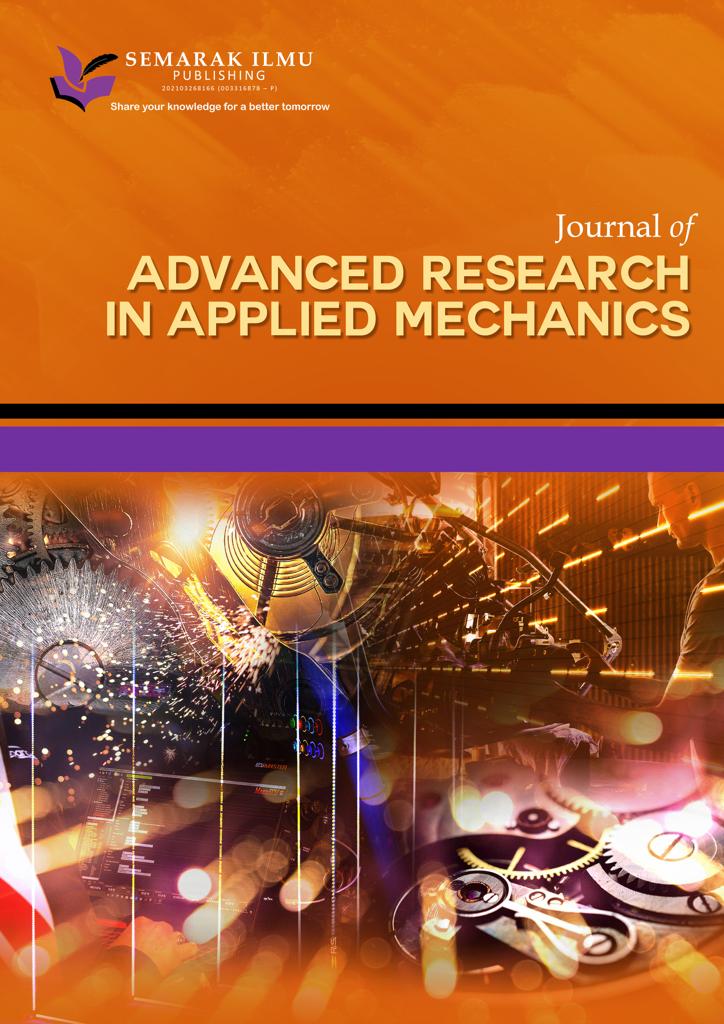The Effect of Viscous Dissipation and Joule Heating on Poiseuille Flow of Hyperbolic Tangent Fluid
DOI:
https://doi.org/10.37934/arfmts.118.1.163184Keywords:
Heat transfer, radiation, slip boundary conditions, Hartmann number, Darcy number, Grashof numberAbstract
In this paper, we showed the computer solutions for the Flow of Poiseuille of (MHD) hyperbolic tangent impossible-to-compress fluid Amid a pair of parallel slabs that are sloped at an angle utilizing a uniformly porous medium. Heat transfer attempts and slip boundary conditions are taken into account. In the energy equation, radiation, joule heating, and viscous dissipation are also accounted for. It is presented in a cartesian coordinate system that supplies the model of the governing equations of the hyperbolic tangent fluid flow. The equations of velocity and Temperature are solved numerically by using "ND solver built". The effects of different factors such that Hartmann number, Darcy number, slip parameter, Grashof number, Brinkman number, radiation parameter and others on velocity and temperature profiles are explored and presented in the Mathematica program. It is noticed that the profiles of velocity and Temperature are an increasing function of Darcy number, slip parameter, Grashof number, inclination angle, pressure gradient, Brinkman number, radiation parameter, and index-power parameter while they are a decreasing function of Hartmann and Weissenberg numbers. The research intends to improve our understanding of the thermal behavior of hyperbolic tangent fluids in practical applications by studying the combined effects of viscous dissipation and Joule heating on the Poiseuille flow. The potential ramifications of this phenomenon extend to multiple domains, encompassing engineering, materials science, and fluid dynamics.
Downloads



























